Christmas Island Red Crab Migration: A Spectacular Natural Phenomenon
Related Articles: Christmas Island Red Crab Migration: A Spectacular Natural Phenomenon
- Christmas Images To Print And Color 2024: Festive Fun For All Ages
- Christmas Images Of Jesus And The Nativity: A Visual Exploration Of The Birth Of Christ
- Christmas Images In PNG 2024: A Comprehensive Guide To Festive Visuals
- Christmas Images Models 2024: A Festive Guide To Seasonal Visuals
- Christmas Images: Joy To The World 2024
Introduction
In this auspicious occasion, we are delighted to delve into the intriguing topic related to Christmas Island Red Crab Migration: A Spectacular Natural Phenomenon. Let’s weave interesting information and offer fresh perspectives to the readers.
Table of Content
Video about Christmas Island Red Crab Migration: A Spectacular Natural Phenomenon
Christmas Island Red Crab Migration: A Spectacular Natural Phenomenon
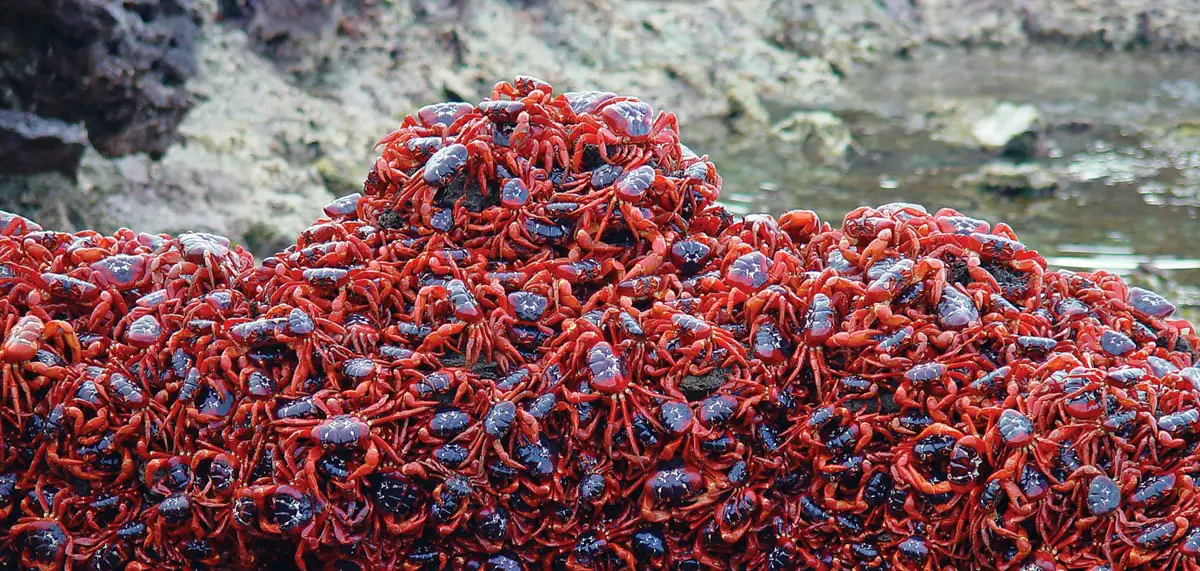
Introduction
The Christmas Island red crab migration is a breathtaking natural spectacle that takes place annually on Christmas Island, an Australian territory located in the Indian Ocean. Millions of bright red crabs embark on a synchronized journey from the island’s lush rainforest to the coast to breed and lay their eggs. This incredible event is a sight to behold and a testament to the wonders of the natural world.
The Crabs of Christmas Island
The Christmas Island red crab (Gecarcoidea natalis) is a unique species endemic to the island. These crabs are large, with males reaching up to 12 centimeters in length and females slightly smaller. Their distinctive red coloration is due to the presence of carotenoid pigments in their diet.
Red crabs are terrestrial animals and spend most of their lives in the rainforest, feeding on fallen fruits, leaves, and decaying plant matter. They are also known to eat small insects and other invertebrates.
The Migration
The migration typically occurs during the wet season, between October and December. The timing of the migration is influenced by rainfall and lunar cycles. When conditions are right, millions of crabs emerge from their burrows and begin their journey to the coast.
The crabs travel in dense columns, often covering the ground and roads. They move day and night, tirelessly making their way towards the ocean. The migration can last for several weeks, and the crabs can cover distances of up to 12 kilometers.
Breeding and Egg-Laying
Once the crabs reach the coast, they gather in large groups on the beaches. The males engage in elaborate courtship rituals, waving their claws and making noises to attract females.
The females lay their eggs in burrows dug in the sand. Each female can lay up to 100,000 eggs, which are fertilized by the males. The eggs hatch into tiny larvae that drift with the ocean currents for several months before returning to the island as juvenile crabs.
Challenges and Conservation
The Christmas Island red crab migration faces several challenges, including habitat loss, pollution, and climate change. The island’s rainforest is being cleared for development, which is reducing the crabs’ habitat. Pollution from plastic and other debris can also harm the crabs and their eggs.
Climate change is also a concern, as it is predicted to lead to more frequent and intense storms, which could damage the beaches where the crabs breed.
Conservation efforts are underway to protect the migration and the island’s unique ecosystem. These efforts include habitat restoration, pollution reduction, and research into the effects of climate change.
A Spectacle to Behold
The Christmas Island red crab migration is a truly extraordinary natural phenomenon. The sight of millions of bright red crabs moving in unison is a breathtaking experience that showcases the beauty and diversity of the natural world.
If you are planning a trip to Christmas Island, be sure to time your visit to coincide with the migration. You will have the opportunity to witness this incredible spectacle and create memories that will last a lifetime.
Here are some additional facts and figures about the Christmas Island red crab migration:
- The migration is estimated to involve over 100 million crabs.
- The crabs travel at a speed of about 1 kilometer per day.
- The migration can last for up to two months.
- The crabs lay their eggs in burrows dug in the sand.
- The eggs hatch into tiny larvae that drift with the ocean currents for several months before returning to the island as juvenile crabs.
- The Christmas Island red crab migration is a popular tourist attraction.
- The migration is a vital part of the island’s ecosystem.
- Conservation efforts are underway to protect the migration and the island’s unique ecosystem.

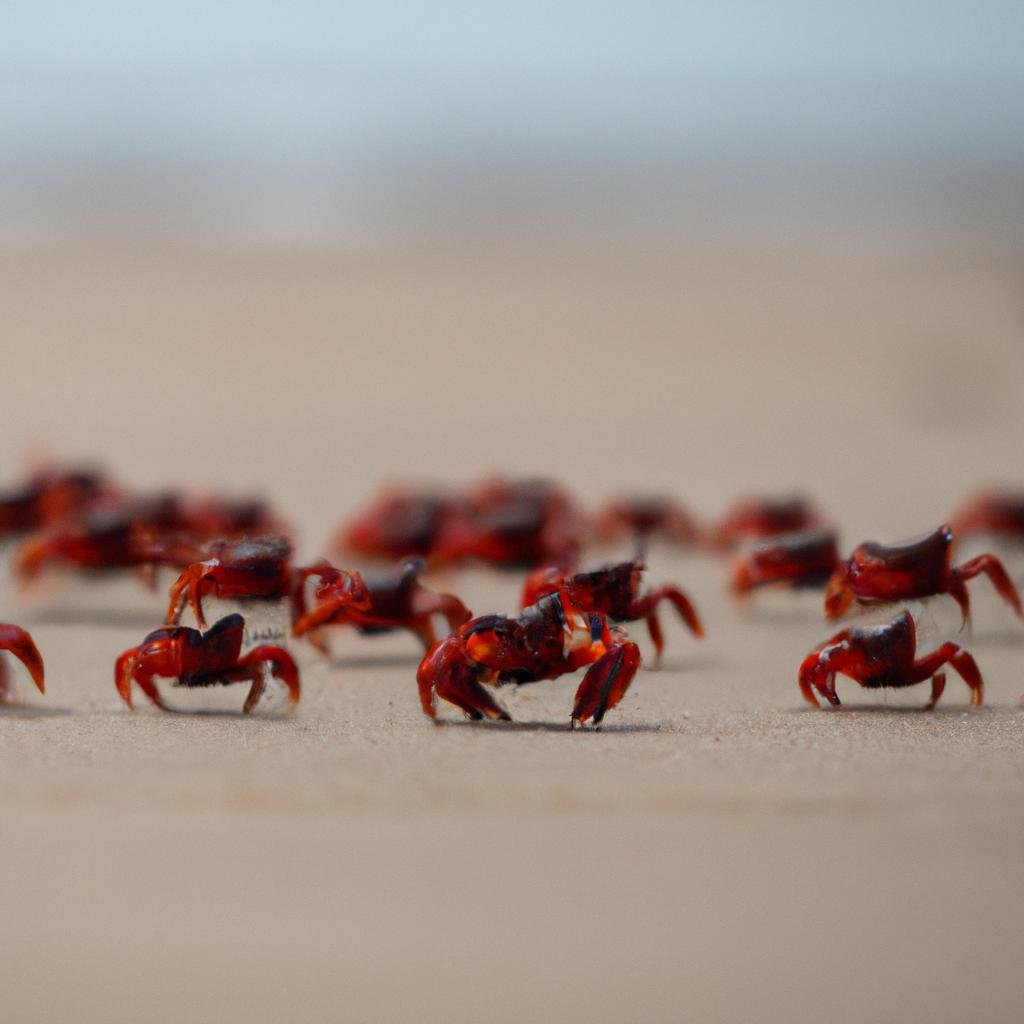
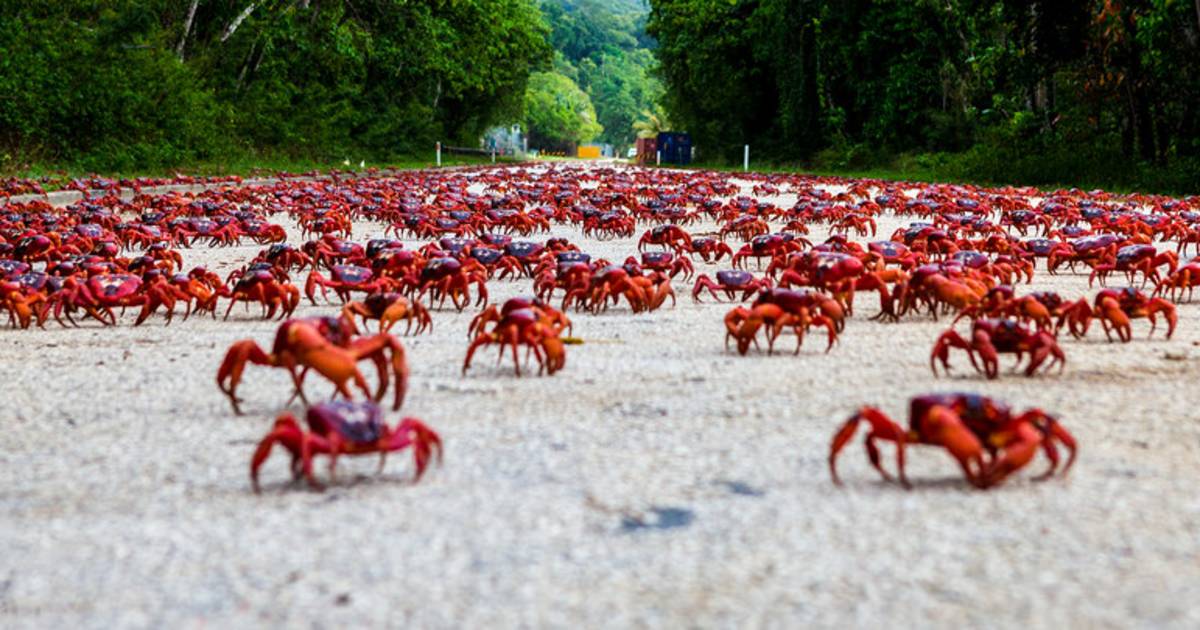


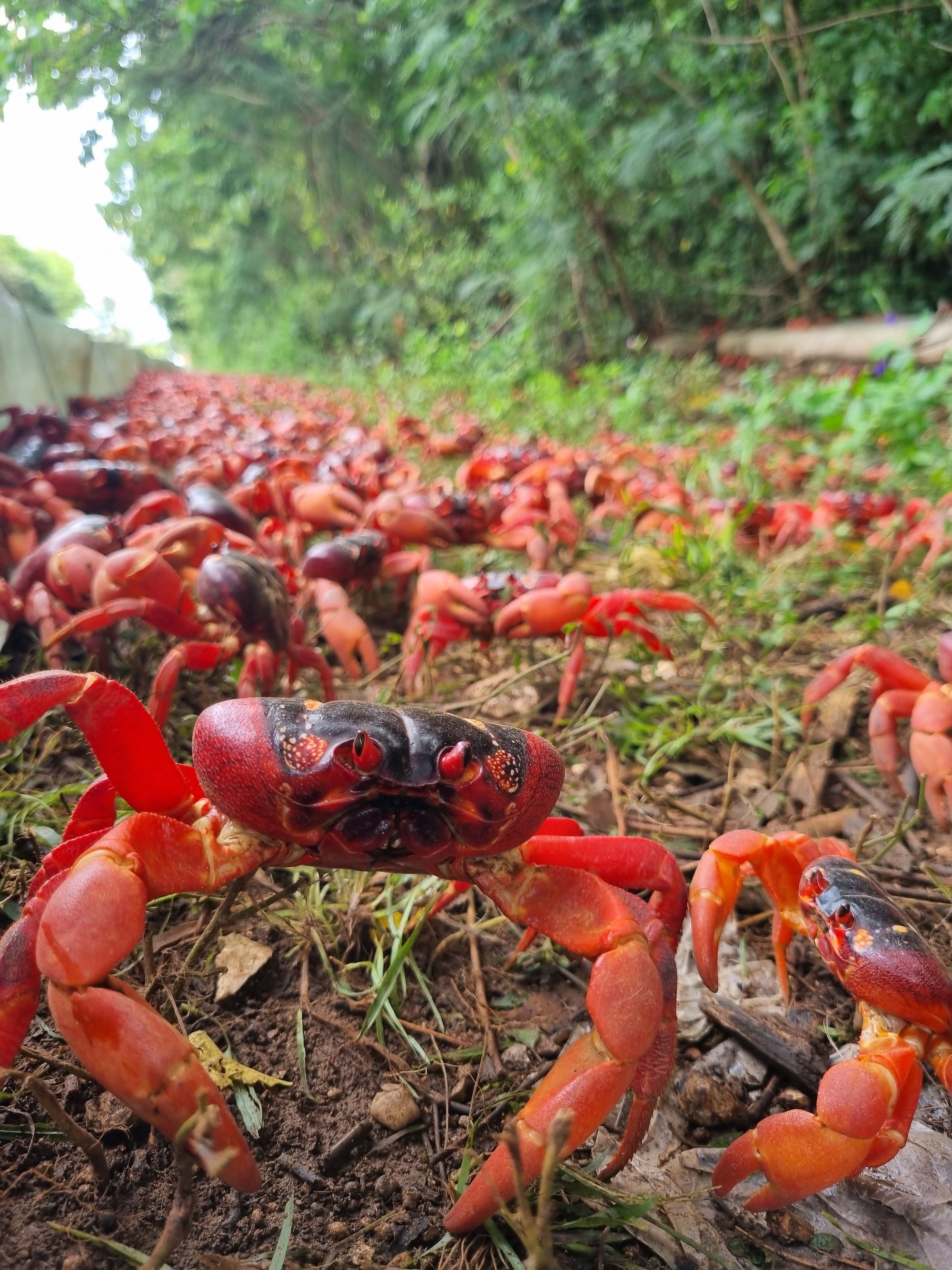
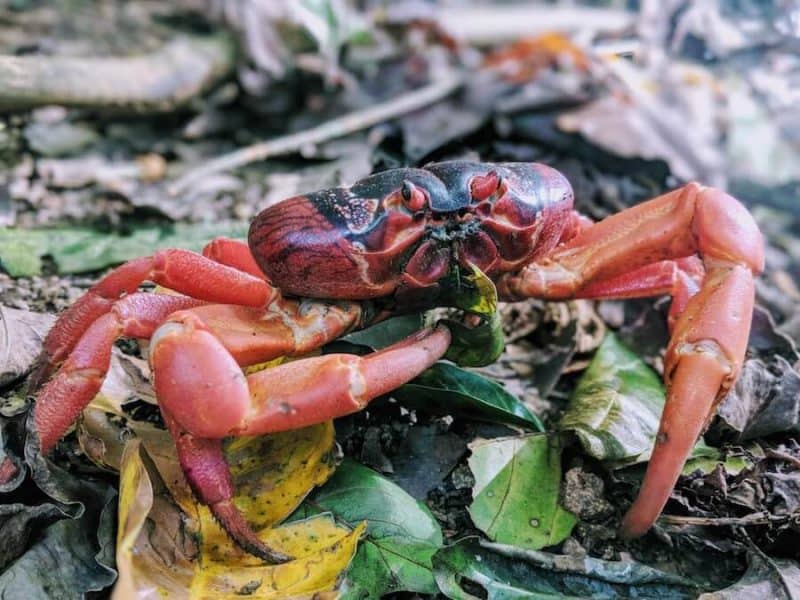
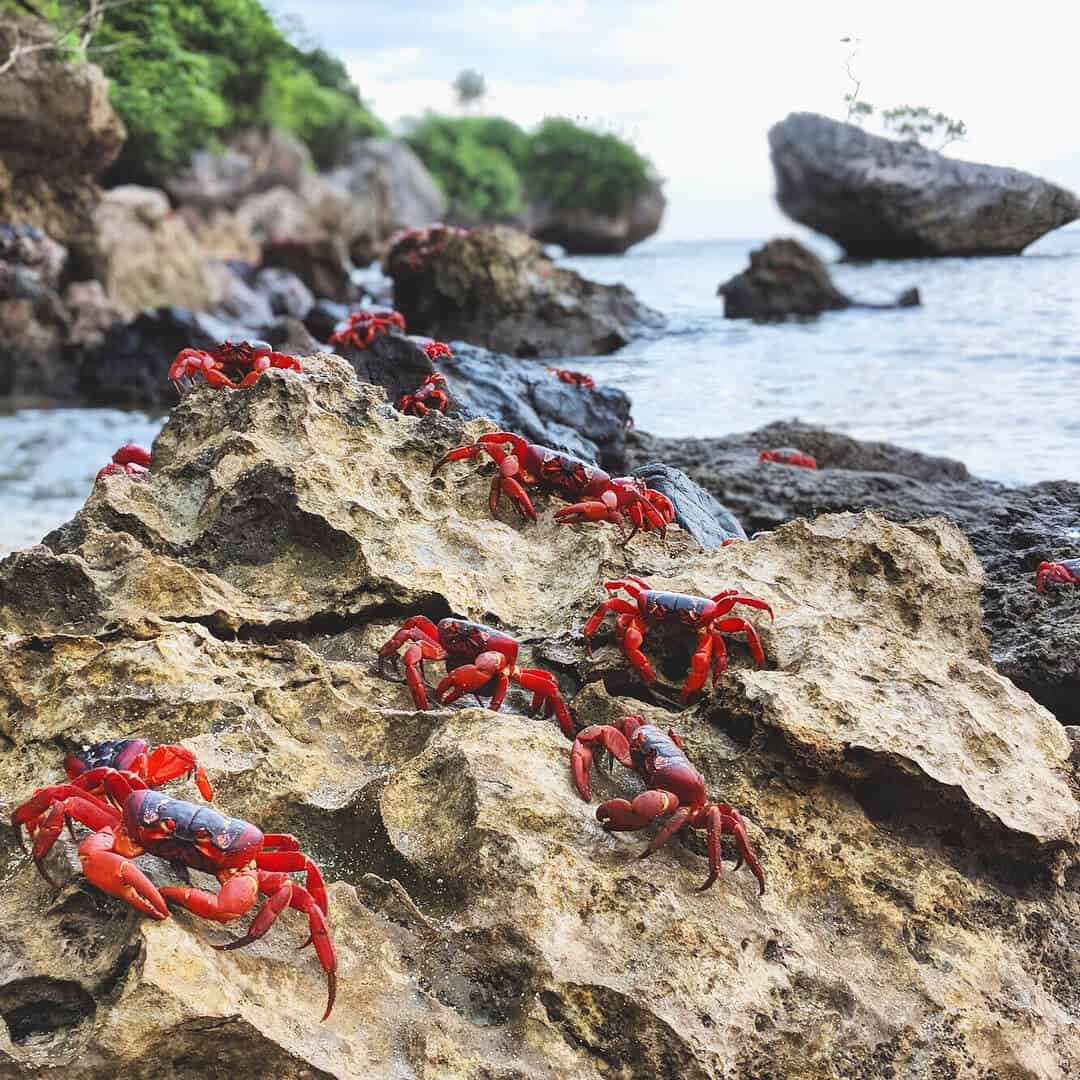
Closure
Thus, we hope this article has provided valuable insights into Christmas Island Red Crab Migration: A Spectacular Natural Phenomenon. We hope you find this article informative and beneficial. See you in our next article!
